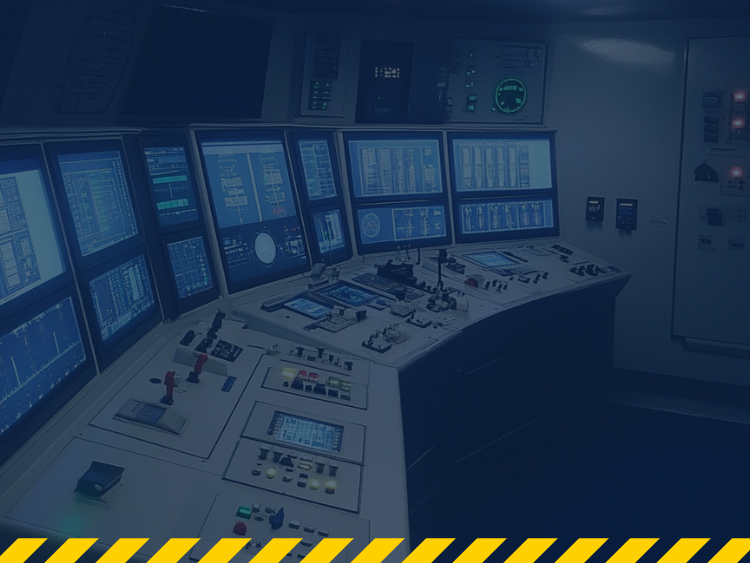Unmanned Machinery Space (UMS) is a marine engineering concept. It means that a ship’s engine room can run without constant help from engineers or crew. Ships with UMS can safely sail without crew in machinery spaces for certain times. They depend on advanced automation, remote monitoring, and strong safety protocols.
Implementing UMS technology significantly improves efficiency and safety in maritime operations. Automated monitoring systems help find faults early. They reduce human error and let crew members focus on other essential tasks.

Key Components of UMS Systems
- Remote Monitoring Systems: Advanced sensors and alarms connected to centralized control rooms allow for continuous monitoring of machinery status.
- Automation Control: Systems automatically regulate engine speed, temperature, pressure, and fuel consumption, maintaining optimal performance.
- Safety and Emergency Protocols: UMS installations include emergency shutdown capabilities and firefighting measures to ensure safety and quick response in critical situations.
Ships operating under UMS conditions must comply with international regulations, particularly those outlined by the International Maritime Organization (IMO). Regular inspections, certifications, and rigorous maintenance schedules are mandatory to maintain UMS status.
Benefits of UMS on Ships
- Reduced crew workload
- Improved safety conditions
- Enhanced operational efficiency
- Lower operational costs
UMS technology represents a significant step forward in maritime innovation, offering streamlined operations, enhanced safety, and substantial cost savings for ship operators worldwide. As maritime technology continues to evolve, adopting UMS practices will become increasingly essential, helping ship operators remain competitive, safe, and environmentally responsible in the modern shipping industry.

